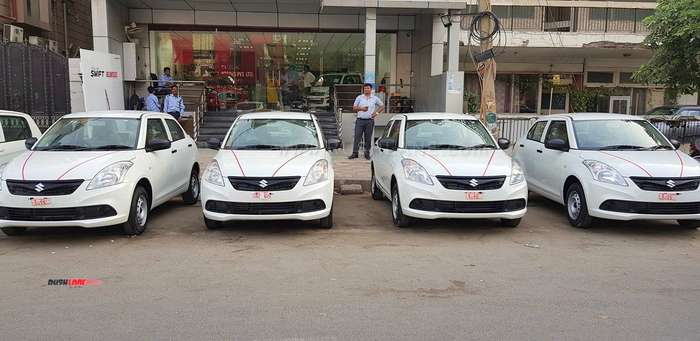
Maruti Suzuki India Ltd. has released the financial results for the FY2019 (April 2018 to March 2019) as well as the figures for Q4 FY2019 (January to March 2019). The performance is dull compared to what the passenger car stalwart managed in the previous financial year.
Maruti’s domestic sales stood at 17,53,700 units in FY2019 at a growth of 6.1%. This clearly indicates a slow down in growth considering that in FY2018, the automaker registered impressive growth rate of 13.8%. The split between passenger cars and light commercial vehicles in the domestic sales last fiscal stood at 17,29,826 units (at 5.3% growth) and 23,874 units (at 138% growth) respectively.
The growth rate was even lower when exports are taken into account (18,62,449 vehicles at a growth of 4.7%). More importantly, Maruti Suzuki has reported a decline in profit by 2.9% in FY2019 at INR 75,006 million.
The company has cited adverse foreign exchange rates and increased commodity prices as primary reasons for the drop in profitability. The commissioning of second plant by Suzuki Motor Gujarat has also lead to higher depreciation expense, says the company. Moreover, the overall auto market witnessed a slow down and Maruti had to increase its spending on sales promotions. This cost was offset to some extent by cost reduction measures.
In the Q4 2019, Maruti registered domestic sales of 4,28,863 units at a flat growth of 0.4%. The passenger vehicle sales during this period posted a decline of 0.4% despite the launch of eagerly awaited new generation Wagon R. Sales of LCVs stood at 7,480 units (growth of 83.6%) while exports stood at 29,616 units.
Net sales in Q4 declined by 0.7% at 4,58,479 units and profit went down by 4.6% at INR 17,956 million. The slow down in the market is likely to continue for the first few months of the current financial year but OEMs are expecting things to get better towards the later part of the year.
The marriage season (March to June) and festive season (September to November) are expected to boost both four wheeler and two wheeler sales in the country to some extent. However, the automakers also face a huge challenge of complying with the upcoming BS-VI emission norms and Bharat New Vehicle Safety Assessment Program (BNVSAP) crash test standards which will drive the cost up significantly.

